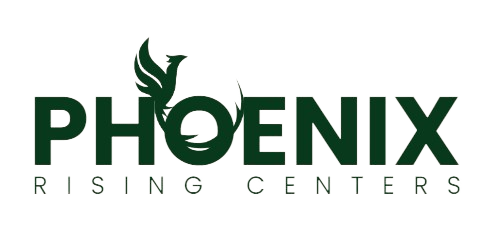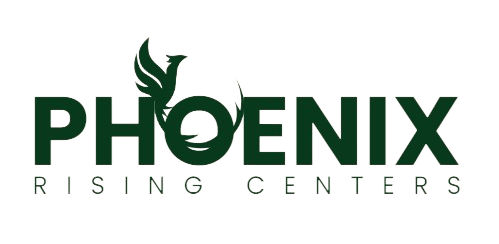From Toxic to Thriving: Building a Culture of Psychological Safety at Work
In today’s fast-paced and performance-driven world, it’s easy for workplaces to unknowingly cultivate a culture of fear—where employees hesitate to speak up, share feedback, or be themselves. But when people don’t feel safe, creativity, innovation, and engagement suffer.
The antidote? Psychological safety.
Coined by Harvard professor Amy Edmondson, psychological safety refers to a workplace culture where employees feel comfortable being vulnerable without fear of embarrassment, punishment, or retaliation.
If you want your team to truly thrive, not just survive, here’s how you can start transforming your culture—from toxic to trusting, fearful to flourishing.
Why Psychological Safety Matters
Research shows that psychologically safe teams:
Are more innovative
Have stronger team collaboration
Experience less turnover
Are more resilient under pressure
Without psychological safety, employees tend to:
Stay silent about mistakes
Avoid offering feedback or new ideas
Experience higher levels of stress and burnout
Feel excluded or undervalued
Creating safety is not just a “nice to have”—it’s a business and ethical imperative.
Warning Signs of a Toxic Workplace
Before change can happen, we need to identify the problem. Here are red flags of a psychologically unsafe workplace:
Team members regularly hold back ideas or concerns
Leadership reacts defensively to feedback
Mistakes are met with blame, not curiosity
Employees fear retaliation for being honest
Identity-based microaggressions go unaddressed
If any of these sound familiar, it’s time to pause and re-evaluate your workplace culture.
Strategies to Build Psychological Safety
1. Model Vulnerability from the Top
Leaders set the tone. When managers admit mistakes, ask for help, or share personal learning moments, they signal that vulnerability is not weakness—it's leadership.
💬 Try this: “I made a mistake in that meeting, and I’d love your thoughts on how I could’ve handled it better.”
2. Reward Speaking Up, Not Just Results
If employees only receive praise for outcomes and not for the courage to challenge ideas or offer feedback, safety suffers. Make room to appreciate effort, questions, and honest conversations.
🌱 Tip: Celebrate constructive dissent in team meetings.
3. Make Feedback a Two-Way Street
Managers should not only give feedback—they should invite it. Ask questions like:
“What’s one thing I can do better?”
“How could this meeting be more inclusive?”
📈 Pro tip: Anonymous surveys are helpful, but real trust is built in direct conversations.
4. Create Space for All Voices
Inclusion isn't just about representation—it's about making sure everyone feels heard. Be mindful of who speaks up in meetings and who gets interrupted or overlooked.
🎤 Action step: Rotate facilitation roles or use round-robin check-ins to hear from quieter voices.
5. Address Microaggressions and Bias Promptly
Unchecked bias and subtle discrimination erode safety quickly. Make it clear that respect is non-negotiable and provide regular DEI (Diversity, Equity, Inclusion) education.
🛡 Policy tip: Have clear, confidential processes for reporting harmful behavior—without fear of retaliation.
Final Thoughts: Trust is the New Metric
Psychological safety isn’t a one-time initiative—it’s a daily practice rooted in trust, empathy, and intentional leadership.
Workplaces that foster psychological safety aren’t just more pleasant—they’re more productive, innovative, and resilient.
As we rethink the future of work, let’s build cultures where people don’t just clock in and survive—but where they belong, grow, and thrive.
Want to assess how psychologically safe your team feels? Start by simply asking:
🧭 “When was the last time someone challenged the status quo in a team meeting?”
🧭 “Does every voice feel welcomed and respected?”
If you’re not sure—it’s time to start the conversation.


